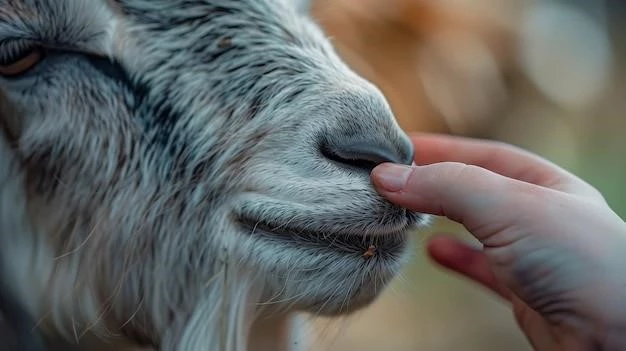From Paws to Whiskers: Understanding Animal Senses
The animal kingdom is a symphony of sensory experiences, a world often beyond the grasp of our human perception. While we navigate our surroundings with five basic senses – sight, smell, taste, hearing, and touch – many animals operate on an entirely different level, possessing sensory adaptations that allow them to thrive in niches we can barely comprehend. This exploration delves into the fascinating realm of animal senses, highlighting the remarkable ways in which creatures perceive and interact with their world.

Beyond the Human Spectrum: Sight
Vision, perhaps our most dominant sense, varies dramatically across the animal kingdom. Consider the following:
- Color Perception: Human vision is trichromatic, relying on three types of color-sensing cone cells. However, many animals possess tetrachromatic vision, with a fourth cone type sensitive to ultraviolet light. Birds, for example, see a world far more vibrant and nuanced than our own, with UV patterns on flowers acting as nectar guides invisible to humans.
- Nocturnal Vision: While we stumble in the dark, nocturnal animals like owls and cats possess adaptations for exceptional night vision. Larger eyes, a higher density of light-sensitive rod cells, and a reflective layer behind the retina (tapetum lucidum) amplify available light, allowing them to see with remarkable clarity even in near darkness.
- Polarized Light: Invisible to the human eye, polarized light offers a wealth of information to certain animals. Bees use it for navigation, while cuttlefish, masters of camouflage, use it for communication and prey detection.
A World of Scents: Olfaction
For many animals, smell reigns supreme. Their olfactory systems, often vastly more sensitive than ours, open up a universe of chemical information.
- Dogs: With up to 300 million olfactory receptors (compared to our meager 5 million), dogs experience the world as a rich tapestry of scents. They can detect minute traces of substances, from drugs and explosives to diseases like cancer, making them invaluable partners in search and rescue and medical detection.
- Snakes: Rather than “smelling” through their nostrils, snakes use their forked tongues to collect scent particles from the air and deliver them to the Jacobson’s organ in the roof of their mouths for analysis. This specialized organ allows them to track prey, locate mates, and navigate their surroundings with remarkable precision.
- Moths: Driven by pheromones, chemical signals released into the environment, some moth species can detect potential mates from miles away, a testament to the power of olfactory communication.
Hearing Beyond Our Range: Auditory Perception
The world is a symphony of sound, but our ears capture only a fraction of the acoustic tapestry. Animals, with their diverse adaptations, reveal a much broader spectrum:
- Bats: Masters of echolocation, bats navigate and hunt in complete darkness by emitting high-frequency sounds and interpreting the echoes that bounce back. This sophisticated sonar system allows them to build a detailed acoustic map of their surroundings, detecting even the smallest insects.
- Elephants: While we communicate through audible sounds, elephants utilize infrasound, frequencies below the range of human hearing. These low-frequency rumbles can travel for miles, facilitating long-distance communication between individuals and herds.
- Dolphins and Whales: In the underwater world, sound reigns supreme. Dolphins and whales rely on echolocation for navigation, hunting, and social communication. Their complex vocalizations, including clicks, whistles, and songs, travel vast distances through the ocean depths.

Beyond Taste and Touch: Electroreception and Magnetoreception
While the senses of taste and touch provide valuable information, some animals possess sensory modalities entirely foreign to us:
- Electroreception: Sharks, rays, and some fish possess specialized organs called ampullae of Lorenzini that allow them to detect the faint electrical fields generated by all living organisms. This “sixth sense” aids in hunting, navigation, and even social interactions.
- Magnetoreception: Birds, sea turtles, and certain fish possess an internal compass, allowing them to sense Earth’s magnetic field and use it for navigation during long migrations. The exact mechanisms behind magnetoreception are still being unraveled, but it represents a remarkable sensory adaptation.
Conclusion: A Tapestry of Senses
The animal kingdom is a testament to the power of adaptation and the diversity of sensory experiences. From the ultraviolet vision of birds to the echolocation of bats, animals have evolved remarkable ways to perceive and interact with their environment. By exploring these senses, we gain a deeper appreciation for the wonders of the natural world and the incredible range of life that thrives on our planet.










